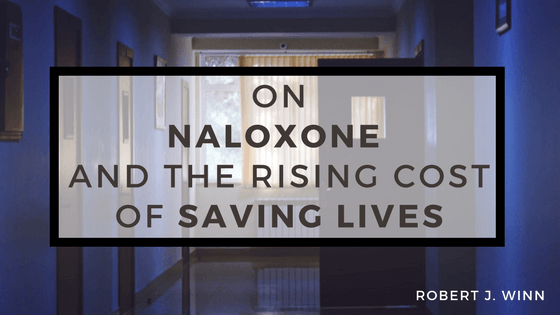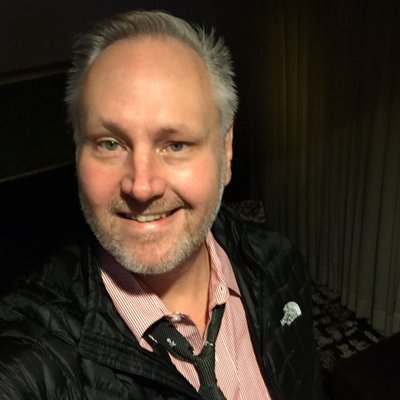Modern medicine is nothing short of present-day magic; hard-earned and studied for sure, but miraculous nonetheless. Long years of study and research have allowed physicians to heal conditions that would have been fatal only a decade or two ago. In abstract, the progress we’ve made is astounding to the point of applause. In practice, we tend to take our hard-won miracles for granted – perhaps to a dangerous degree. Over the span of the past few months, I’ve written a few articles about the quiet development and deadly nature of America’s opioid crisis; today, I’ll do the same. But instead of discussing the dangers of the crisis itself, I want to address the threat hidden in our response to it, and consider how our ability to take medical miracles for granted may have entrenched us further in a dangerous cycle of addiction.
Naloxone is a medical marvel by even the most cynical standards. Commonly used to reverse the effects of an overdose, the drug’s use has skyrocketed in the last decade as first responders worked to counteract the opioid epidemic. As defined by the National Institute on Drug Abuse, Naloxone is an opioid antagonist: it binds to opioid receptors and prevents other opioids from binding, thereby reversing or preemptively blocking the effects of an overdose. Statistics published in a study conducted by Brigham and Women’s Hospital in Boston found that a full 93% of studied patients who received a dose of naloxone during the trial period survived their overdose.
It might seem tempting to be complacent with numbers like these – after all, 7% doesn’t sound all that high a fatality rate. But when extrapolated across a nation, that seemingly small percentage translates into thousands of fatalities. Moreover, the study referenced above further found that only 84.3% of the studied overdose victims – a pool of over 12,000 cases in the state of Massachusetts – were still still alive a year after a dose of naloxone was administered, and more than half of those who died did so outside of the hospital. Dr. Scott Weiner, a researcher for the Brigham study and a Harvard Health contributor, believes that the naloxone only helps the immediate situation. As he writes in a post for Harvard Health: “After [overdose patients] sober, we offer to have them speak to a social worker (most refuse), or provide a list of detox facilities, and then they quietly leave the ED.” Once the acute crisis resolves, hospitals don’t have outlined procedures for helping patients on a path towards long-term recovery. The best they can do is provide overdose survivors with recovery information and hope that they use it.
Here, we hit a block. As I mentioned at the top of this piece, humans have an incredible capability for adaptation and acceptance; even to the point of taking a life-saving drug for granted. It’s easy to think: “I won’t overdose again,” or “Someone can save me if I do.” The truth is, even a naloxone recipient has a one-in-ten chance of dying within a year. Moreover, even as naloxone becomes more readily available to the public, it’s a firefighting measure at best – and a costly one at that. According to an article published by NPR, first responders in “[Washington D.C.] paid about $6 for a prefilled syringe of naloxone in 2010[…] This year, that same syringe runs about $30.” Our patients are dying, and profit is somehow – absurdly – being made from it. Naloxone is a valuable tool in our arsenal, and one that should most certainly be widely – and affordably! – circulated to first responders and family members. But we need to start tackling the larger problem by applying wide-reaching solutions. We cannot continue to abuse our medical miracles, or to hope that fighting individual flames will prevent the opioid crisis from burning us down.


